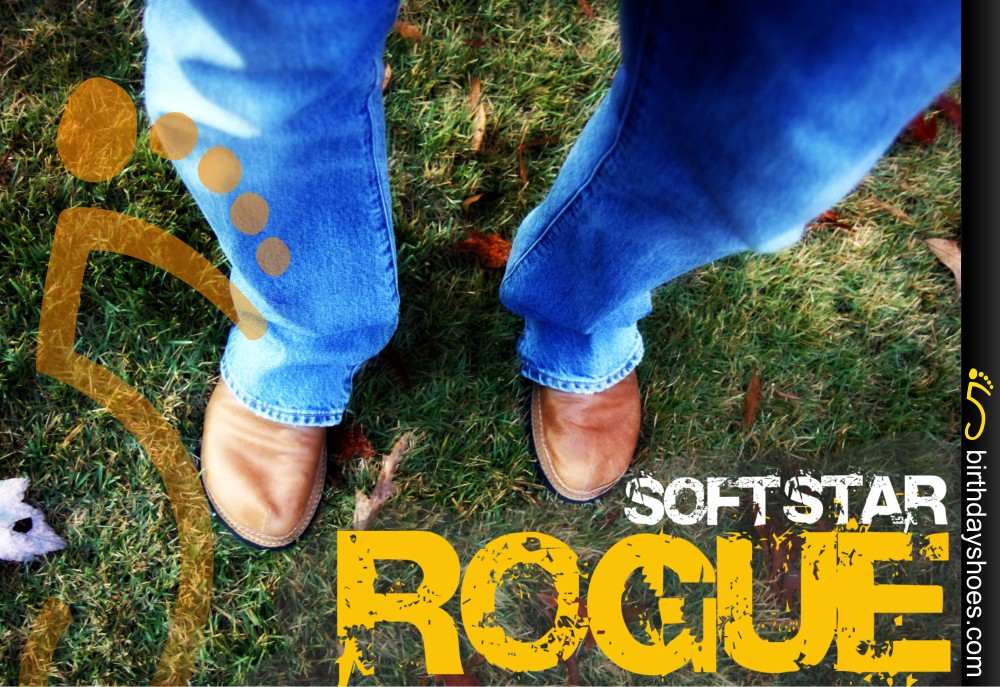Results of Daniel Lieberman Barefoot Running Research
Daniel Lieberman's research into impact forces experienced while forefoot-striking or heel-striking, full round-up coverage of all the press surrounding the research release.

Daniel Lieberman, Professor of Human Evolutionary Biology at Harvard University, has been conducting a great deal of research into barefoot running. That research has been under peer review for some time now, but is (finally) beginning to see the light of day. What's the verdict? Here's one takeaway: Barefoot running requires a forefoot strike which brings down the impact force to 60% of one's bodyweight.
Before I get ahead of myself, let me kick this off with some video goodness discussing Lieberman's study courtesy of Nature:
There is a lot of press surfacing about Lieberman's research, and I am tracking all of those articles here (see links below). Also, you must take a look at the barefoot running website Lieberman has set up. It covers a great deal of information, from background research, differences between heel strike and forefoot strike running (similar to the graphic above), and even has tips on getting started running barefoot or in minimalist footwear. Check it out.
Now, as for some of the hullabaloo surrounding the research of this ground-breaking research, check out this quote from Nature's initial write-up, A Softer Ride for Barefoot Runners:
Americans and Kenyans accustomed to running barefoot, however, tend to strike the ground with the ball of their feet before touching down the heel — a fore-foot strike — allowing the tendons and muscles in the foot and lower leg to act as shock absorbers, bringing the impact force down to 60% of their bodyweight. The team's research is published in Nature.
"The ankle is a very compliant, springy joint, and barefoot runners use it a lot," says Lieberman. "It isn't available to you when you rear-foot strike. Then you're relying solely on the spring on the heel of the shoe."
The research conducted by Lieberman and also Madhusudhan Venkadesan and Dennis Bramble is described further in a separate Associated Press write-up, Barefoot runners ease into low-impact landings Study shows how humans ran comfortably and safely before the invention of shoes:
Most shod runners -- more than 75 percent of Americans -- heel-strike, experiencing a very large and sudden collision force about 1,000 times per mile run. People who run barefoot, however, tend to land with a springy step towards the middle or front of the foot.
"Heel-striking is painful when barefoot or in minimal shoes because it causes a large collisional force each time a foot lands on the ground," says co-author Madhusudhan Venkadesan, a postdoctoral researcher in applied mathematics and human evolutionary biology at Harvard. "Barefoot runners point their toes more at landing, avoiding this collision by decreasing the effective mass of the foot that comes to a sudden stop when you land, and by having a more compliant, or springy, leg."
Though none of this may come as a surprise to readers of Birthday Shoes, the importance of Lieberman's work here is that it further calls into question the prevailing paradigm that you must wear heavily cushioned shoes in order to run safely and injury free. Though there are no studies proving that barefoot running results in fewer injuries than shod-running, I have little trouble jumping from "reduced impact from barefoot running" and "how we evolved to run" to "running barefoot is a safer and more injury-free way to run."
It will be fascinating to learn more about Lieberman's research as it emerges from the ivory tower. If I recall correctly, Lieberman's studies also looked at Vibram FiveFingers-shod runners, so it will be informative to see what we learn there, as well.
Below are additional links or material covering the Lieberman barefoot running research release. Sit back, click around, and geek out on barefoot running:
Links to press on the Lieberman Barefoot Running research release:
- Barefoot Running website Lieberman has created at harvard.edu — a simply awesome, comprehensive resource on running barefoot or minimally shod including research, detailed analysis, and how-tos — even a training plan.
- Foot strike patterns and collision forces in habitually barefoot versus shod runners by Daniel E. Lieberman et. al. [abstract]
- Study lends a hand to barefoot runners by Tom Beal for the Arizona Daily Star — Nice Q&A with Lieberman at the bottom of this write-up!
- A softer ride for barefoot runners by Lizzie Buchen for Nature
- Perfect Landing by Rebecca Hersher for Harvard Gazette — another nice graph comparison here
- Barefoot runners ease into low-impact landings by Steve Bradt for Harvard
- Barefoot runners avoid impacts by Carolyn Y. Johnson for the Boston Globe — shows Lieberman running in blue camo KSO FiveFingers
- Barefoot Running Reduces Impact On Feet by Christopher Joyce for NPR — note Lieberman's caveat that this not an injury study (whether or not barefoot running causes more injuries than heavily shod running). But that study is, apparently, next!
- Study on evolution of running finds going barefoot good for the sole, better for the heels by Seth Borenstein for LA Times
- Running Barefoot Reduces Stress—On Feet by Richard A. Lovett for National Geographic
- The Shocking Truth About Running Shoes by Gisela Telis for ScienceNOW
- Shoes may have changed how we run by Victoria Gill for BBC News
- Barefoot Running Laced With Health Benefits by Bill Hendrick for WebMD
- Running barefoot is better, researchers find by Katherine Harmon for Scientific American
- Barefoot Best for Running? by Randy Dotinga for BusinessWeek
- Running Shoes Changed How Humans Run by Rachael Rettner for LiveScience
- Blog post and discussion on Lieberman research at RunnersWorld — lots of discussion in the comments and is overall a more skeptical take on what the study means for runners
- THE first big study on barefoot running in Nature : Death to Heel striking by Steve Magness
- Birthday Shoes wiki entries on barefoot running research and barefoot running press
- Also see: David Csonka's del.icio.us of links on the subject of barefoot/minimalist running
Here's an NPR's All Things Considered on the study:
H/T to Tuck!




